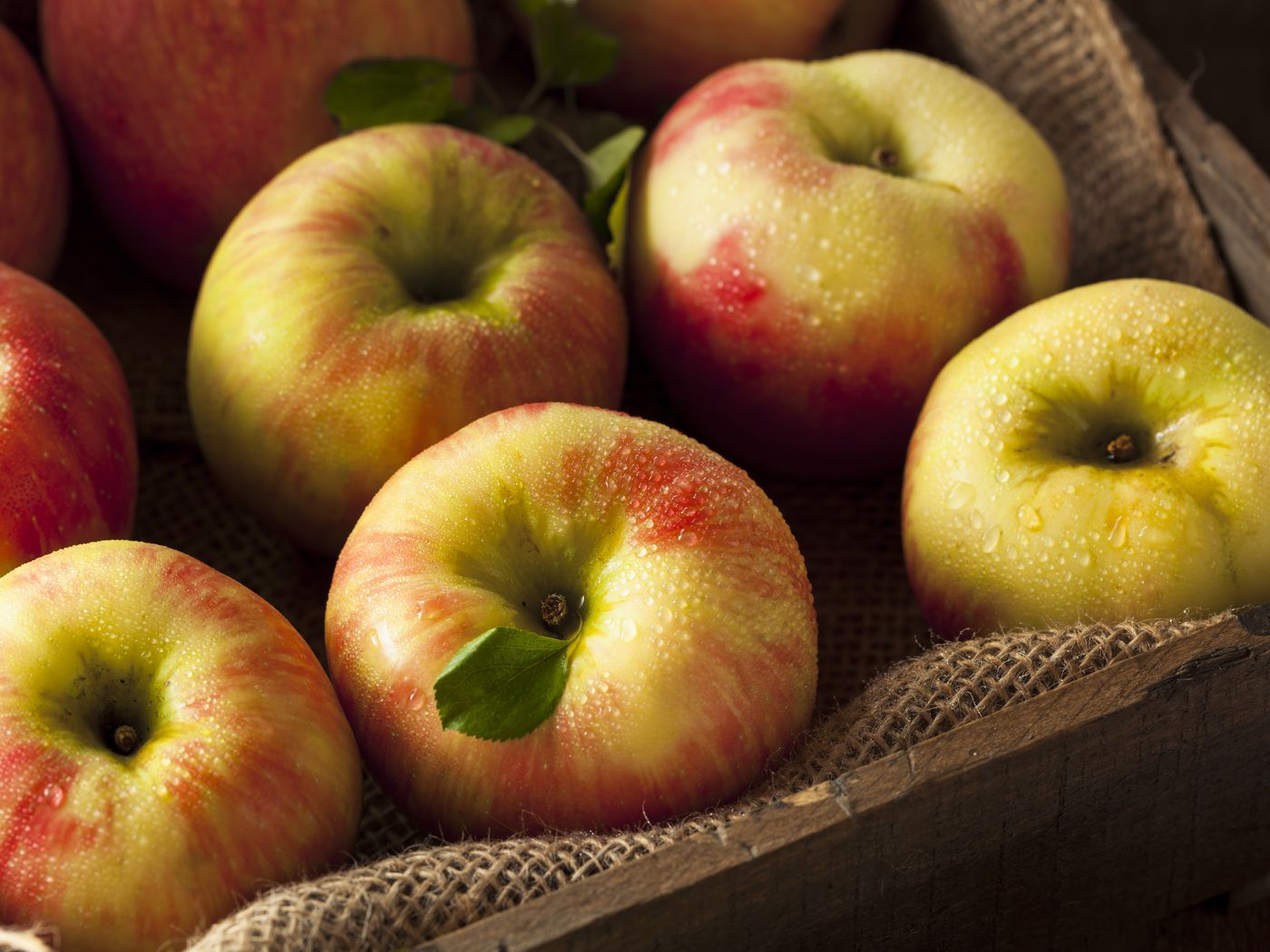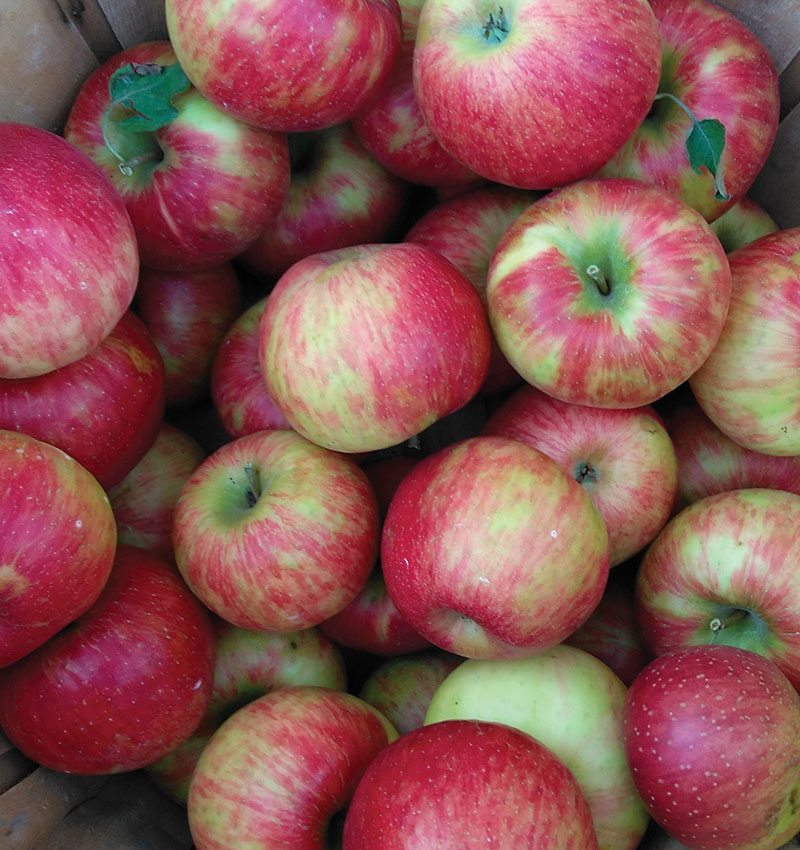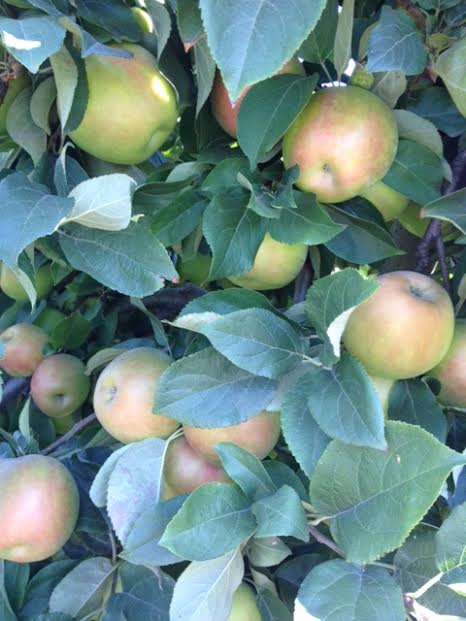One of the most highly anticipated moments for apple lovers is the arrival of the Honeycrisp season. Known for its perfect balance of sweetness and tartness, Honeycrisp apples have become a favorite among consumers. However, determining the exact time when these apples are at their peak ripeness can be a challenge. In this article, we will explore the factors that influence the ripening process of Honeycrisp apples, as well as provide valuable tips on how to identify the perfect moment to enjoy their crisp and juicy goodness.

Factors Affecting Honeycrisp Apple Ripeness
When it comes to determining the ripeness of Honeycrisp apples, there are several factors that come into play. These factors can vary from climate and growing conditions to the variety and age of the apple tree. Pruning and thinning practices, fruit size and color, as well as internal fruit characteristics, all contribute to the overall ripeness of the Honeycrisp apple. By understanding these factors, farmers and consumers alike can make informed decisions about the timing of harvest and optimal quality of Honeycrisp apples.
1. Climate and Growing Conditions
The climate and growing conditions have a significant impact on the ripening process of Honeycrisp apples. Temperature plays a crucial role in determining the rate at which the apples mature. Honeycrisp apples thrive in cooler climates, with optimal ripening occurring when the temperatures range between 50 to 70 degrees Fahrenheit. Higher temperatures can accelerate ripening, while colder temperatures can delay it.
Rainfall and humidity also affect the ripening process. An adequate amount of rainfall is beneficial for Honeycrisp apples as it helps provide necessary water and nutrients. Excessive rainfall and high humidity, however, can lead to increased disease pressure and affect the fruit’s quality.
Sunlight exposure is another critical factor for Honeycrisp apple ripeness. Sufficient sunlight exposure promotes photosynthesis, which contributes to the development of sugars and flavor compounds in the fruit. Apples grown in areas with limited sunlight may have slower ripening and an inferior flavor profile.

2. Apple Tree Variety and Age
The variety and age of the apple tree also play a significant role in determining the ripening time of Honeycrisp apples. Different apple varieties have varying maturation periods. Honeycrisp apples typically ripen in late summer or early fall, depending on the specific region and growing conditions.
The age of the apple tree is another factor to consider. Young trees tend to have a longer ripening period compared to mature trees. It can take several years for a young apple tree to reach its peak productivity and produce fully matured fruit. As the apple tree matures, it becomes more efficient in utilizing resources, resulting in shorter ripening times and improved fruit quality.
3. Pruning and Thinning Practices
Pruning and thinning practices are essential in managing the ripening time and overall quality of Honeycrisp apples. Pruning involves the selective removal of branches and foliage to optimize fruit production and sunlight exposure. Thinning, on the other hand, is the removal of excessive fruit clusters to promote larger and healthier apples.
Pruning and thinning can have a significant impact on the ripening time of Honeycrisp apples. Proper pruning opens up the canopy, allowing better airflow and sunlight penetration, which can expedite ripening. Thinning helps reduce competition among fruits, ensuring adequate resources for each apple to mature properly.
There are various reasons for pruning and thinning practices. Pruning promotes tree health and shape, reduces disease susceptibility, and improves overall fruit quality. Thinning, on the other hand, improves fruit size and accelerates ripening, allowing for a more consistent harvest.
Different pruning techniques, such as central leader pruning or open center pruning, can be employed based on the specific needs and goals of the apple orchard. It is essential to follow proper pruning guidelines to ensure optimal ripening and fruit quality.

4. Fruit Size and Color
Fruit size and color are visible indicators of Honeycrisp apple ripeness. As the apples mature, their size increases, reaching their maximum size at peak ripeness. Larger fruits are generally an indication of more advanced ripening.
Color changes also occur as Honeycrisp apples ripen. Typically, Honeycrisp apples have a green skin color that transitions to a bright red or pink blush as they mature. The presence of a vibrant and uniform color indicates that the apple is reaching its optimal ripeness. However, it is important to note that color alone should not be the sole determining factor for ripeness, as other internal characteristics play a significant role as well.
5. Internal Fruit Characteristics
Apart from external indicators, there are internal fruit characteristics that contribute to the ripeness of Honeycrisp apples. Starch and soluble solids content are commonly used to assess the apple’s maturity level. As the apple ripens, the starch content gradually decreases, while the soluble solids increase. This change in composition contributes to the development of the apple’s characteristic flavor and sweetness.
Firmness and texture are also important internal characteristics to consider when determining Honeycrisp apple ripeness. Ripe Honeycrisp apples have a firm and crisp texture, which is highly desired by consumers. Apples that are overly soft or mealy may indicate overripeness or poor storage conditions.
Flavor development is another crucial aspect of Honeycrisp apple ripeness. As the apples mature, their flavor profile becomes more pronounced and balanced. The ideal Honeycrisp apple has a harmonious blend of sweetness and tartness, offering a delightful sensory experience for consumers.
Identifying Ripeness for Harvest
Finding the optimal time for harvest is crucial to ensure the highest quality of Honeycrisp apples. There are several methods for determining the ripeness of Honeycrisp apples, including physical appearance, taste tests, starch iodine tests, and firmness tests.
6. Physical Appearance
The physical appearance of Honeycrisp apples provides valuable clues about their ripeness. Skin texture is an essential factor to consider, with ripe apples having a smooth and glossy skin. Any signs of wrinkling or shriveling may indicate that the apple is past its prime.
The ground color of the apple, the color of the skin where it was in direct contact with the ground, also plays a role in determining ripeness. A creamy or yellowish ground color suggests that the apple is ripe and ready for harvest. However, a green ground color may indicate that the apple needs more time to mature.
Lastly, it is essential to check for blemishes and bruising on the skin. Apples with significant blemishes or bruising may have compromised quality and should be avoided for optimal ripeness.

7. Taste Test
A taste test is a reliable method for assessing Honeycrisp apple ripeness. The sweetness and tartness of the apple should be well-balanced, offering a pleasant and crisp flavor. Underripe apples may taste excessively tart, while overripe apples can become overly sweet or mushy. By sampling the apple, you can gauge its flavor profile and determine its readiness for harvest.
11. Determining Shelf Life
Shelf life is an important consideration when it comes to Honeycrisp apple ripeness. To determine shelf life, a combination of visual inspection and flavor and texture changes must be considered.
Visual inspection involves assessing the overall condition of the apple, including the absence of blemishes, bruises, or signs of decay. Apples with compromised visual appearance will likely have a shorter shelf life and may deteriorate more quickly.
Flavor and texture changes also provide insights into the shelf life of Honeycrisp apples. Over time, the apples may become softer and lose their crispness, indicating a decline in quality. Flavor may also change, with the apple becoming less sweet or developing off-flavors. Monitoring these changes can help determine the optimal storage conditions and length of the apple’s shelf life.
In conclusion, several factors affect the ripeness of Honeycrisp apples, ranging from climate and growing conditions to apple tree variety and age. Pruning and thinning practices, fruit size and color, as well as internal fruit characteristics, all contribute to the overall ripeness and quality of Honeycrisp apples. By understanding these factors and employing appropriate harvesting techniques, farmers and consumers can enjoy the perfect Honeycrisp apple at its peak ripeness.


